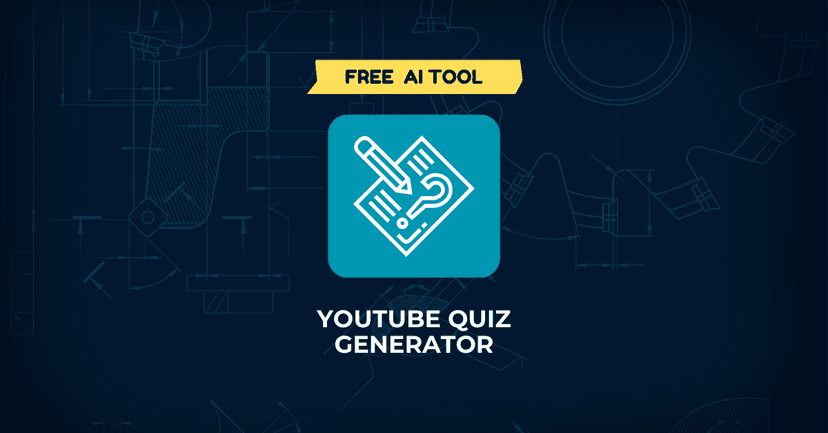Prometric Skills Training
Extracted Ideas & Insights
Ideas
- Proper positioning requires a clean barrier and pillows for support during the procedure.
- Initial patient interaction establishes comfort and consent before beginning the skill demonstration.
- Ensuring the bed is at a safe level is crucial for performing the positioning skill correctly.
- Using body mechanics properly reduces risk of injury while positioning a patient on their side.
- Moving the patient closer helps prevent falls during the turning process on the bed.
- Slow and gentle movements are critical when turning the patient to ensure their safety.
- Verbal cues during the procedure enhance patient awareness and engagement in their care.
- Adjusting the head pillow is necessary for the patient's comfort and safety during repositioning.
- Pillows must be positioned to support both joints for adequate comfort and alignment.
- Patients should be instructed to bend their knee to facilitate easier turning during the process.
- It's important to re-adjust a patient’s body parts to avoid pressure on vulnerable areas like shoulders.
- Using the correct orientation for pillows prevents blocking the airways and ensures patient comfort.
- Disposing of used barriers correctly is essential for maintaining hygiene in patient care settings.
- A call light should be placed within reach prior to starting the procedure for patient security.
- Lowering the bed at the end of the procedure is vital for patient safety after positioning.
- Closing or opening privacy curtains helps to respect patients’ preferences for their environment.
Insights
- Effective patient positioning requires both technical skill and attention to patient comfort.
- Utilizing proper body mechanics is essential not just for safety but also for efficiency in caregiving.
- Patient engagement through verbal interaction fosters a trusting relationship and enhances care quality.
- Maintaining hygiene standards during patient care operations is critical to prevent cross-contamination.
- Understanding patient anatomy and joint placement is key to achieving successful and safe positioning.
- Incorporating return demonstration ensures that caregivers can successfully replicate required skills in real situations.
- Tailoring care practices to individual patient needs enhances comfort and satisfaction during care routines.
- Reinforcing safe call light usage empowers patients and enhances their independence in the care setting.
- Reflecting on each step of the procedure ensures that vital elements are not overlooked.
- Patient well-being is optimized through careful consideration of body mechanics and comfort during procedures.
Turn your favorite YouTube videos or playlists into an AI-powered chatbot. Effortlessly create a knowledgeable assistant that can answer questions based on video content, then embed it in your website or app.
Loved by 75k+ users








